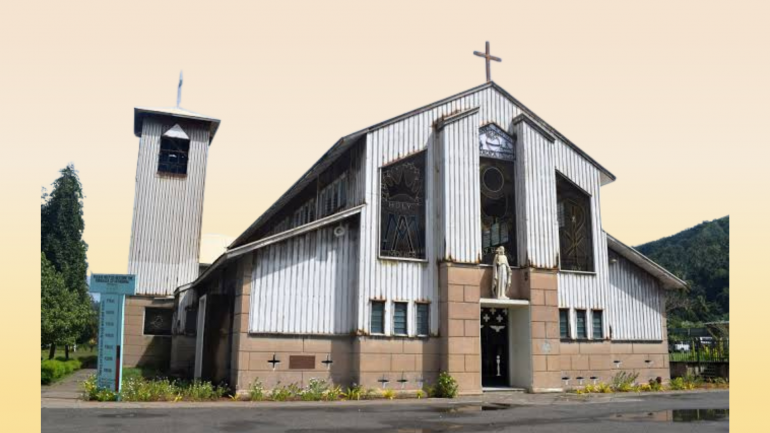From Cannibalism to Christianity: The Transformation of Papua New Guinea

Papua New Guinea's shift from ancient traditions to a Christian nation reflects determined missionary efforts and unwavering faith.
Papua New Guinea, the eastern half of the world's second-largest island, New Guinea, was once home to headhunters and cannibals before its Christianization in the 19th century.
This journey from ancient traditions to a predominantly Christian nation has been marked by the dedicated efforts of numerous missionaries, overcoming significant challenges and hostilities.
The Christian faith first touched New Guinea in 1847 when Marist missionaries arrived on Woodwork Island, a coral island of Papua New Guinea.
However, their mission was short-lived as malaria claimed many of their lives, forcing them to abandon the effort.
In 1852, the Pontifical Institute for Foreign Missions renewed the mission after the Marists had left.
Despite this renewed effort, the missionaries continued to struggle with malaria and hostility from the natives.
Tragically, in 1885, Italian priest Giovanni Battista Mazzucconi was killed by natives on Woodlark Island, exemplifying the dangers faced by early missionaries.
In 1880, French priest Fr. Rene Marie Lannuzel began evangelizing on New Ireland, another island in Papua New Guinea and was soon followed by various other missionary congregations.
The Divine Word Missionaries (SVD) arrived in Alexishafen, Papua New Guinea, in 1896. This was a period marked by the colonial division of New Guinea.
In 1884, Germany and Britain divided the eastern half of the island, with Germany claiming the north and Britain the south.
The western half was controlled by the Netherlands as part of Dutch Indonesia, an agreement solidified as early as 1824.
By 1901, missionary work focused on areas such as Yule Island, Alexishafen, Vunapope, and Kieta, where missionaries built churches, hospitals, schools, and other infrastructure.
These efforts significantly improved the lives of the natives, leading many to embrace Christianity. However, some communities remained resistant and hostile.
In 1904, ten missionaries and seven Christians were killed in the Baining Mountains by natives.
Australia took control of the German part of Papua New Guinea during World War I in 1914 and had already annexed the British part in 1888.
Despite the global conflict, Catholic missions continued to spread among the tribes. During Australia's administration, other Christian denominations, such as the Seventh Day Adventists and Methodists, also established missions.
From 1941 to 1945, the Japanese occupied New Guinea during World War II, executing over 300 Christian workers, including priests, evangelists, a nurse, and teachers. Despite these atrocities, the Christian mission persisted.
Papua New Guinea gained independence from Australia in 1975, becoming a Commonwealth realm with Queen Elizabeth II as its monarch.
Today, the country is one of the most linguistically diverse in the world, with over 850 distinct languages spoken.
While cannibalism reportedly persisted in some remote areas as late as 2012, leading to arrests for the murders of alleged witch doctors, such practices pose ongoing challenges for both the church and the government.
Currently, Papua New Guinea has 19 dioceses, including four archdioceses.
The Divine Word University in Madang, established by an Act of Parliament in 1996, signifies the enduring influence of early missionary work.
The nation has also welcomed visits from Pope John Paul II in 1984 and 1995 and looks forward to Pope Francis's visit in September this year.
Papua New Guinea's journey from a land of ancient traditions to a Christian nation reflects a profound transformation driven by unwavering missionary zeal and the resilience of faith amidst adversity.








